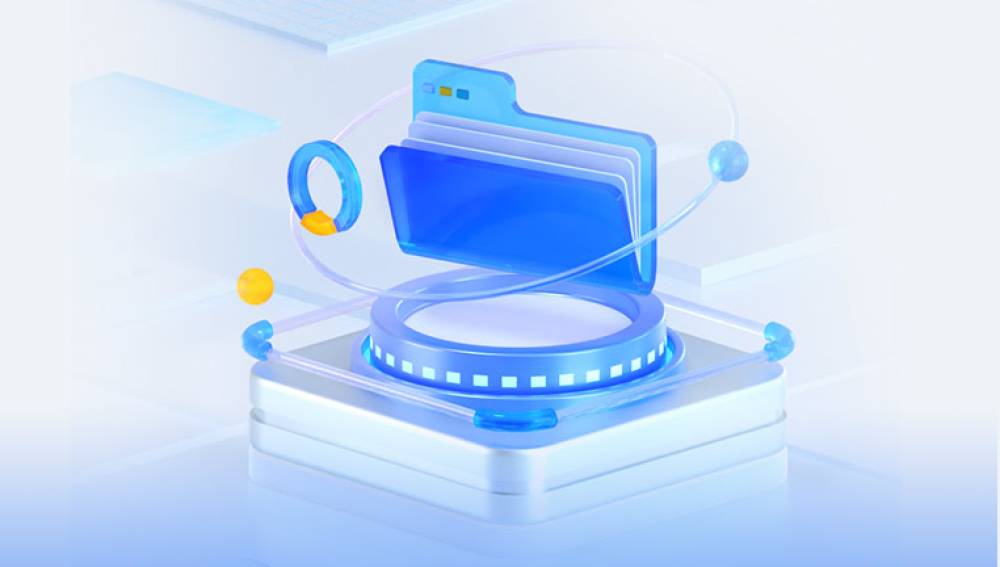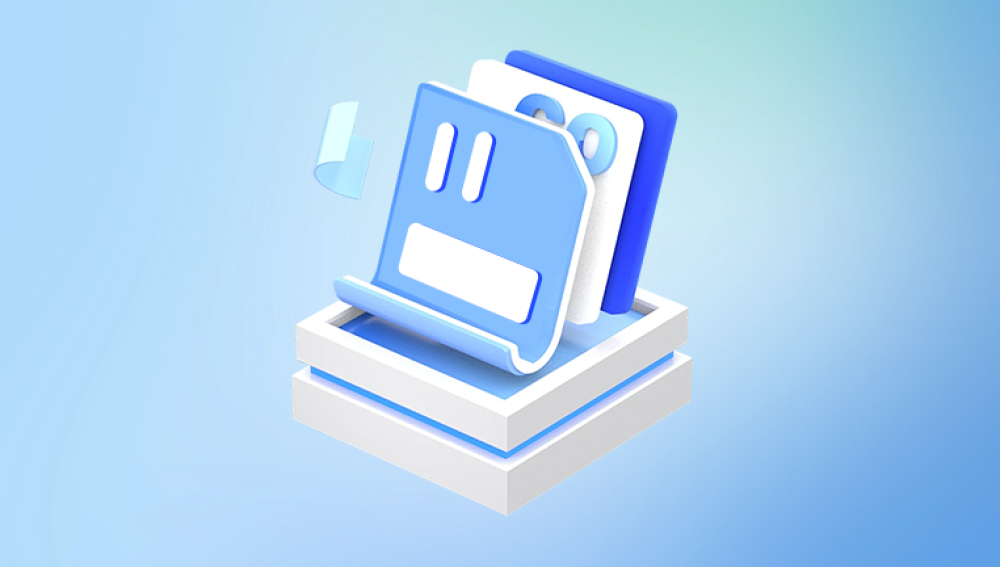When your camera says the SD card is full, but you know it is not, it can be frustrating and confusing.
1. File System Errors and Corruption
One of the most common reasons for an SD card to falsely report that it is full is file system corruption. The SD card's file system might get corrupted due to improper ejection, power surges, or even a virus. When the file system is corrupted, the camera might misinterpret the amount of available space, leading to a "full" message even if there is free space.
How to Fix:
Reformat the SD card: Backup your data first, then reformat the card using your camera or computer. This process will rebuild the file system and might correct the error.
Use file system repair tools: If you have important data on the card and don’t want to reformat, you can use file system repair tools like CHKDSK on Windows or Disk Utility on macOS to fix any errors.

2. Fragmentation Issues
SD cards, like hard drives, can suffer from fragmentation over time. Fragmentation occurs when files are not stored in contiguous sectors on the card, leading to scattered pieces of files. This can confuse the camera's file system, making it think the card is full.
How to Fix:
Defragment the SD card: While this is more common with traditional hard drives, defragmenting can sometimes help. However, defragmenting flash storage like SD cards isn't generally recommended due to the wear it can cause. Instead, copying all files to a computer, formatting the card, and copying the files back can achieve a similar result without the wear and tear.
3. Hidden Files and Folders
Sometimes, your camera or computer might create hidden files or folders that occupy space on your SD card. These files might not be visible when you check the card's contents, but they take up space, leading to the "full" message.
How to Fix:
Show hidden files: On your computer, enable the option to view hidden files. For Windows, go to the View tab in File Explorer and check "Hidden items." On macOS, you can press Command + Shift + Period to toggle hidden files. Delete any unnecessary hidden files you find.
4. Capacity Mismatch
If you are using an SD card that is not officially supported by your camera, the camera might misinterpret the card's capacity. For instance, if you are using a 64GB SD card in a camera designed to support only up to 32GB, the camera might not recognize the full capacity of the card and could mistakenly report it as full.
How to Fix:
Use the correct SD card: Check your camera's manual or specifications to ensure you are using a compatible SD card. If the camera only supports up to a certain capacity, stick to cards within that limit.
5. Corrupted Files
Sometimes, individual files on the SD card may become corrupted, causing the camera to think the card is full when it tries to read or write to these files.
How to Fix:
Identify and delete corrupted files: If you suspect corrupted files, try connecting the SD card to your computer and look for files that don't open or behave strangely. Delete these files, and see if the problem resolves itself.
6. Write Protection
Some SD cards have a physical write-protection switch. If this switch is activated, it can prevent new data from being written to the card, which might cause your camera to believe the card is full.
How to Fix:
Check the write-protection switch: Ensure that the switch on the side of the SD card is in the correct position to allow writing. If the switch is damaged or stuck, you might need to replace the card.
7. Camera Firmware Issues
In rare cases, the issue might be related to the camera's firmware. Outdated or buggy firmware can cause various problems, including misreporting the available space on the SD card.
How to Fix:
Update your camera's firmware: Visit the manufacturer's website and check if there is an available firmware update for your camera model. Updating the firmware can resolve compatibility issues and other bugs.
8. Wear and Tear of the SD Card
SD cards have a finite number of write cycles. Over time, the memory cells in the card can wear out, leading to bad sectors that the camera cannot write to. This wear and tear can make the camera think the card is full, even when it is not.
How to Fix:
Replace the SD card: If your card is old and has seen extensive use, it might be time to replace it. Look for high-quality cards with good reviews to ensure longevity.
9. Incorrect Formatting
If the SD card is not formatted correctly, the camera might not be able to use all the available space. For instance, formatting the card in a file system not supported by your camera can lead to errors.
How to Fix:
Reformat in the correct file system: Format the SD card using your camera's built-in formatting tool. This ensures that the card is formatted in a way that is fully compatible with the camera.
10. File Allocation Table (FAT) Issues
SD cards often use the FAT32 file system, which has a file size limit of 4GB. If you are recording high-definition videos or taking high-resolution photos, you might hit this limit without realizing it, causing the card to appear full.
How to Fix:
Use a different file system: If your camera supports it, consider using an SD card formatted with the exFAT file system, which doesn't have the 4GB file size limit. This is especially useful for recording long videos.
11. Camera-Specific Limitations
Some cameras have their own limitations on how many files or how much data they can store on an SD card, regardless of the card's actual capacity. This is often due to limitations in the camera's firmware or file management system.
How to Fix:
Check your camera's documentation: Read the manual or look up your camera model online to see if there are any known limitations. If so, you may need to change how you use the card or upgrade to a different model.
12. Malware or Virus Infection
Though less common, SD cards can get infected with malware or viruses, particularly if you have used the card in multiple devices, including computers. Malware can corrupt the file system or create hidden files that take up space.
How to Fix:
Scan for malware: Use reliable antivirus software to scan the SD card. If malware is found, follow the software's instructions to remove it. Afterward, you may need to reformat the card to restore it to full functionality.
13. Low Camera Battery
Sometimes, when a camera's battery is low, it might fail to read the SD card correctly, leading to errors in reporting available space.
How to Fix:
Charge the camera battery: Ensure your camera's battery is fully charged, then reinsert the SD card and check if the problem persists.
14. Compatibility with Other Devices
If you've used the SD card in different devices, such as another camera, a computer, or a smartphone, the card might have files or formatting that your current camera cannot interpret correctly.
How to Fix:
Use a dedicated SD card: If possible, use a dedicated SD card for your camera. Avoid switching the card between different devices to prevent compatibility issues.
15. Card Reader Issues
If you're viewing the SD card contents through a card reader on your computer, a faulty card reader could be the problem. It might misinterpret the available space or fail to read the card correctly.
How to Fix:
Try a different card reader: Test the SD card in another card reader or directly in the camera. If the issue is resolved, the problem likely lies with the original card reader.




